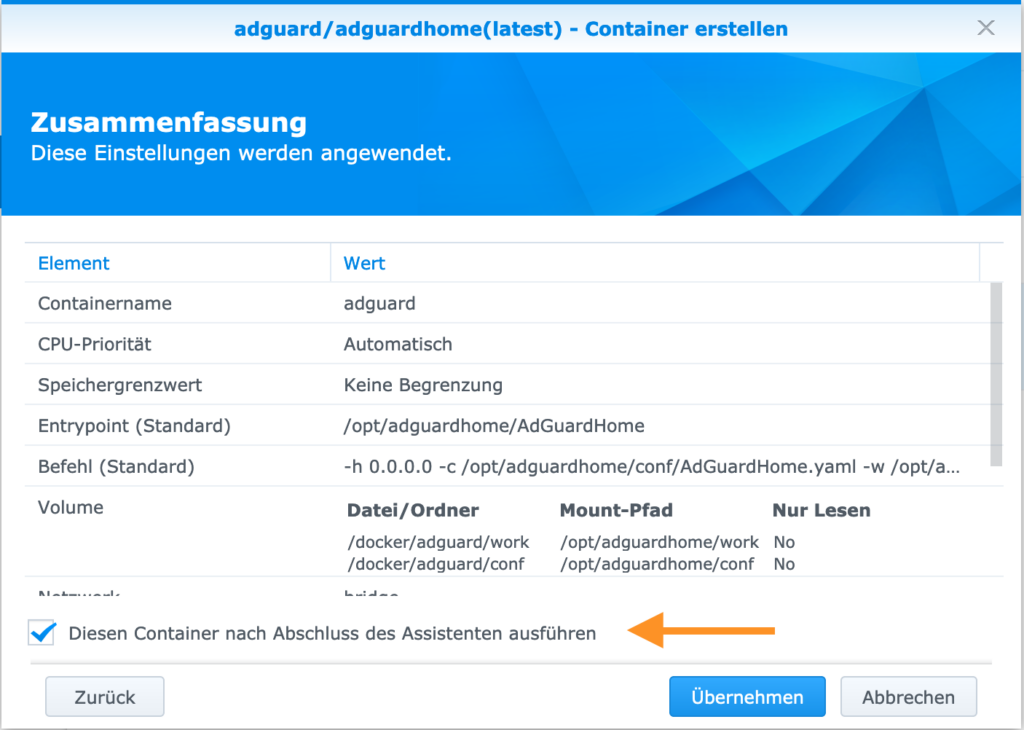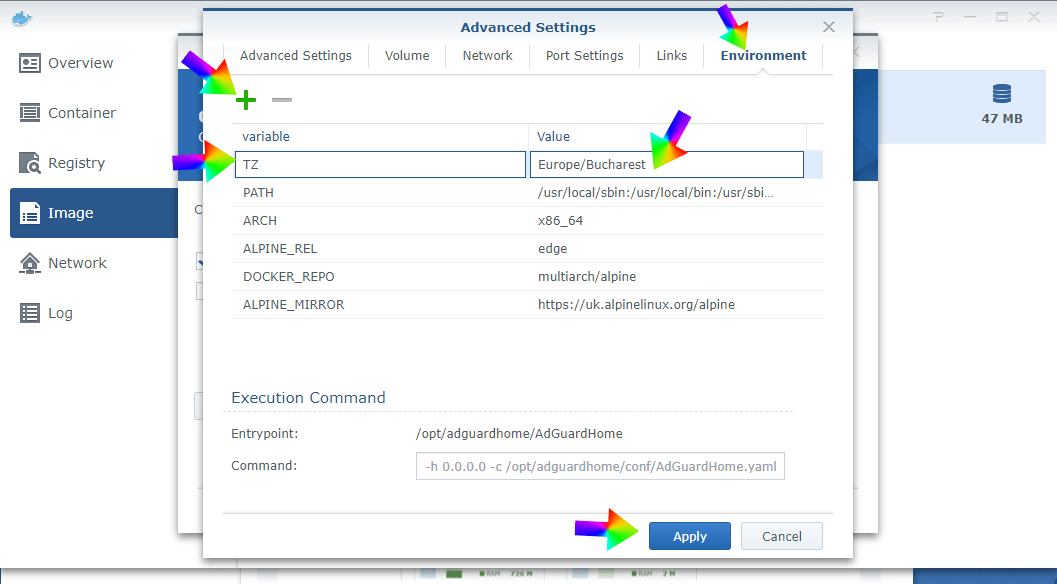
The servers load balancer is in charge of balancing the requests between the servers of the same service. Has to be enabled to define what kind of service is created.Ĭurrently, the two available kinds are LoadBalancer, and Weighted. Which means, that for each specified service, one of the fields, and only one, Url = " Configuring TCP Services ¶ General ¶Įach of the fields of the service section represents a kind of service. method (default: GET), defines the HTTP method that will be used while connecting to the endpoint.followRedirects (default: true), defines whether redirects should be followed during the health check calls.headers (optional), defines custom headers to be sent to the health check endpoint.timeout (default: 5s), defines the maximum duration Traefik will wait for a health check request before considering the server unhealthy.interval (default: 30s), defines the frequency of the health check calls.port (optional), replaces the server URL port for the health check endpoint.hostname (optional), sets the value of hostname in the Host header of the health check request.scheme (optional), replaces the server URL scheme for the health check endpoint.




all servers of this service are down) upwards, HealthCheck must also be enabled on the parent(s) of this service.īelow are the available options for the health check mechanism: Traefik will consider your servers healthy as long as they return status codes between 2XX and 3XX to the health check requests (carried out every interval). with curl: curl -b "lvl1=whoami1 lvl2=" Health Check ¶Ĭonfigure health check to remove unhealthy servers from the load balancing rotation. To keep a session open with the same server, the client would then need to specify the two levels within the cookie for each request, e.g.


 0 kommentar(er)
0 kommentar(er)
